About Snow Removal
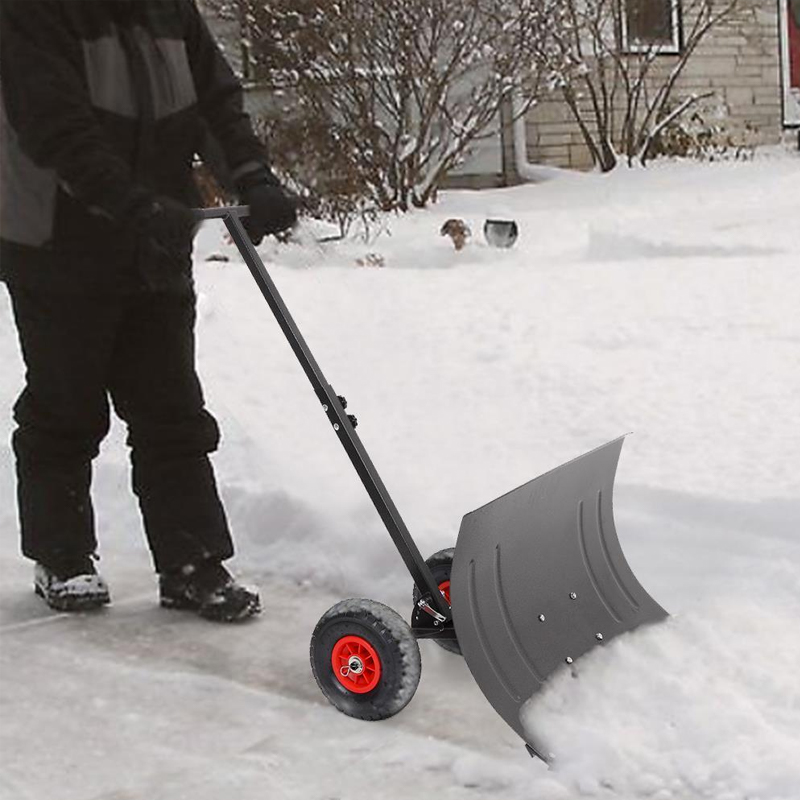
1. Snow pushers, shovels, sleighs and brooms.
When I was a kid, everyone had a standard metal snow shovel with a red blade and a wooden handle. There have been numerous innovations for snow removal since then, including wheeled implements to deal with small snowfalls and big plastic items with huge receptacles that you skim along the ground and tilt over to dump the snow.
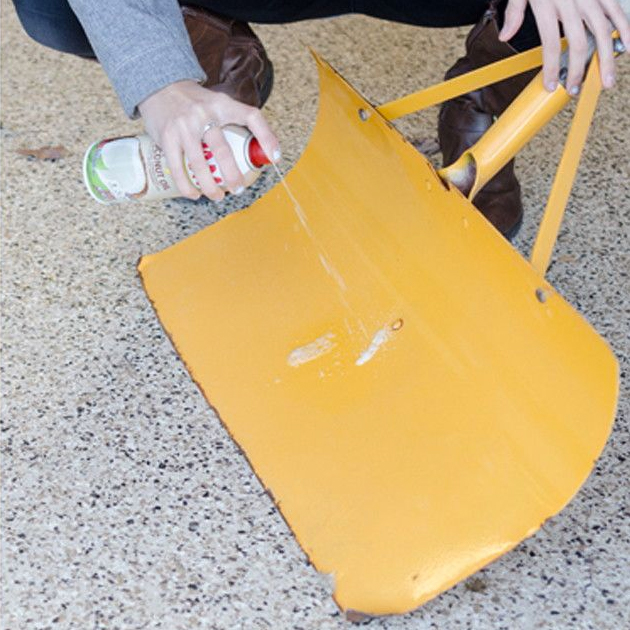
2. Wax.
Want to lighten your load a little? Wax your shovel or spray Pam on it, according to The Spruce website.
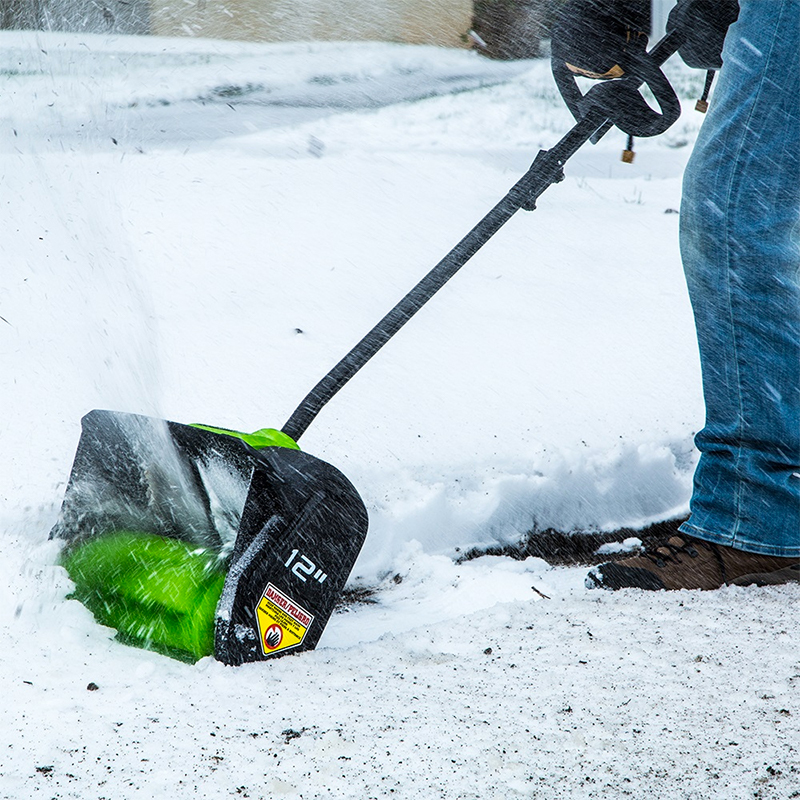
3. Powered snow shovels.
These are like small, single-stage snow throwers and they’re ideal for smaller walkways or driveways when you don’t have the muscles to deal with it the old-fashioned way. They are “single-stage” removal options, using a sideways auger to collect the snow and throw it out the side in a single motion. They aren’t designed for use after a heavy snowfall of more than about four inches, though.

4. Snow blowers.
These are more powerful, using two or three stages. Stage one, an auger scoops up the snow, which goes onto stage two, an impeller that casts the snow a good 25 feet away. When a third stage is added, the machine has an accelerator that can power through hard snow and ice, chop it up and feed it into the impeller.

5. Gas versus electric.
For powered snow removal, if you are within 50 feet of a power socket you can use an electric cord to make it go. If you are further afield, you have the choice of using a battery-operated machine, which has limited power, or a gas machine. While gas is the most powerful option, it is also the noisiest and the least environment friendly.
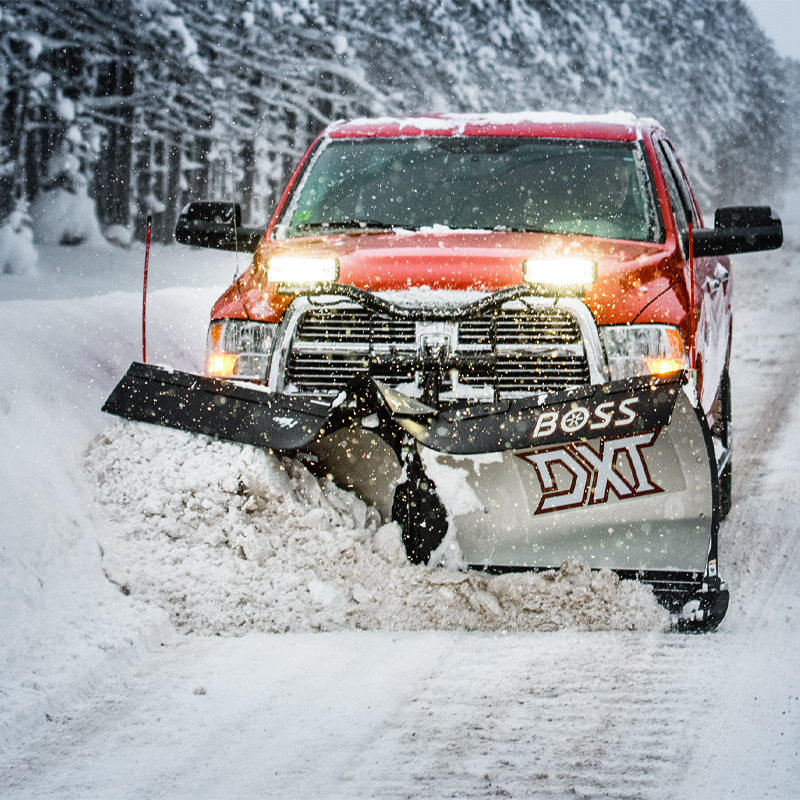
6. Snow ploughs.
If you have an acreage with a long driveway, you’ll probably opt for a plough attachment to go on the front of a truck, tractor or ATV. A plough attachment goes back to the old-fashioned idea of a big blade to push snow and nothing else.
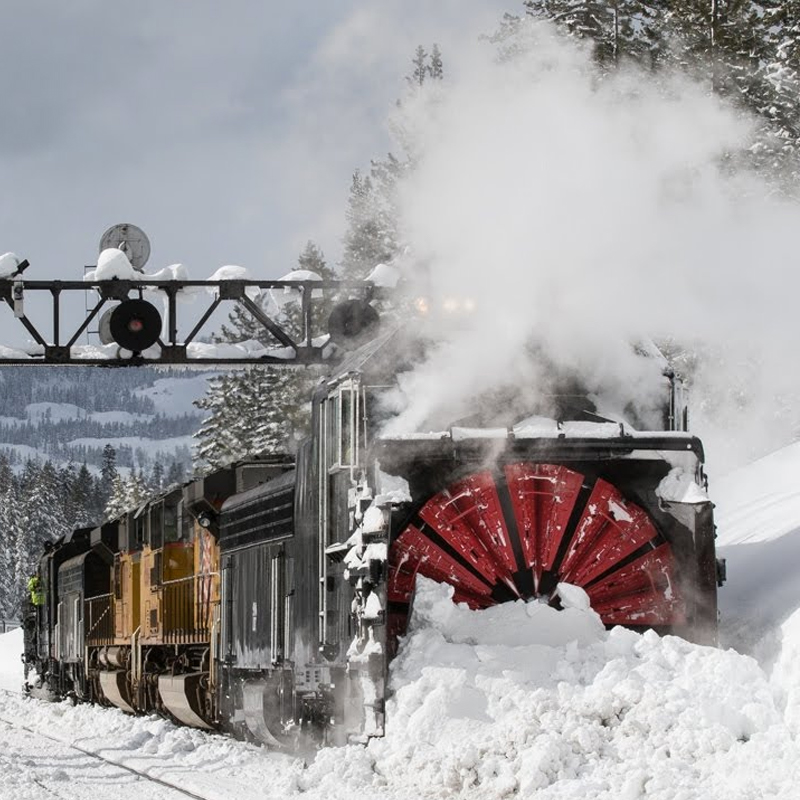
7. Rotary ploughs.
These machines, which go on the front of a train, are a wonder to behold. They were invented in Toronto in 1869 but never built until 1884. Occupying the full height and width of a locomotive, a rotary plough can get through massive quantities of snow and it’s able to travel at a slow rate; something barreling through a mountain pass at a high rate of speed could cause an avalanche. Most rotary ploughs today are kept in museums.

8. Melting.
An alternative to the huge mountains of snow in parking lots is using a snowmelter. Yup, they make machines to turn snow back into water; the water is then dumped into sewers. If you have some extra money, you can have a system put under your driveway or walk that will melt the snow as it falls. The system won’t do much in very cold areas, though.
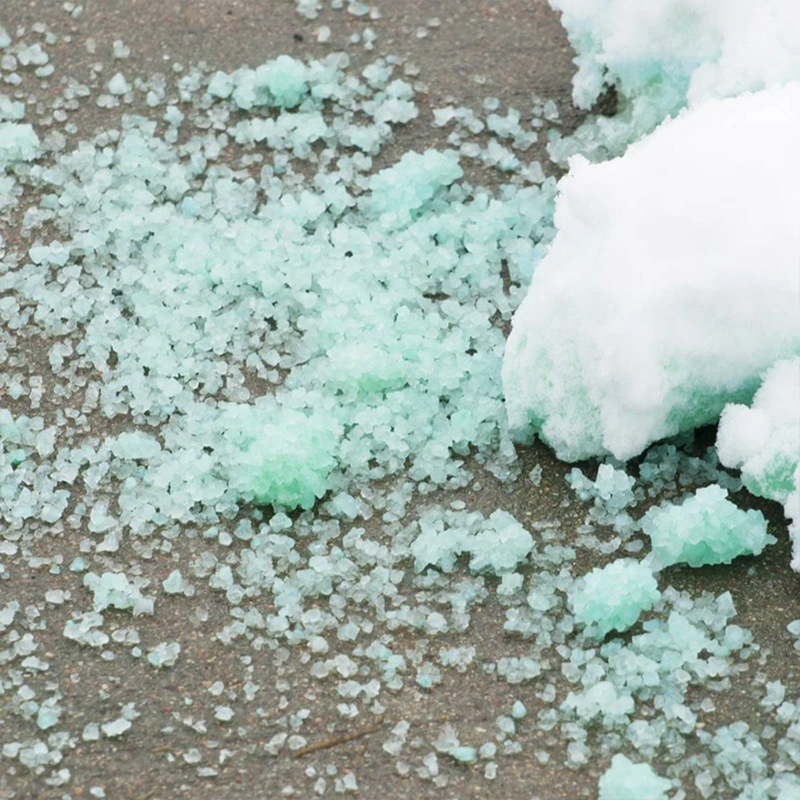
9. Salt.
Road crews and individuals tasked with snow removal have finished the job with salt for years in warmer cold places, but it is problematic on many levels. Aside from killing plants, hurting pet paws and corroding metal, salt stops working at -18 Celsius.
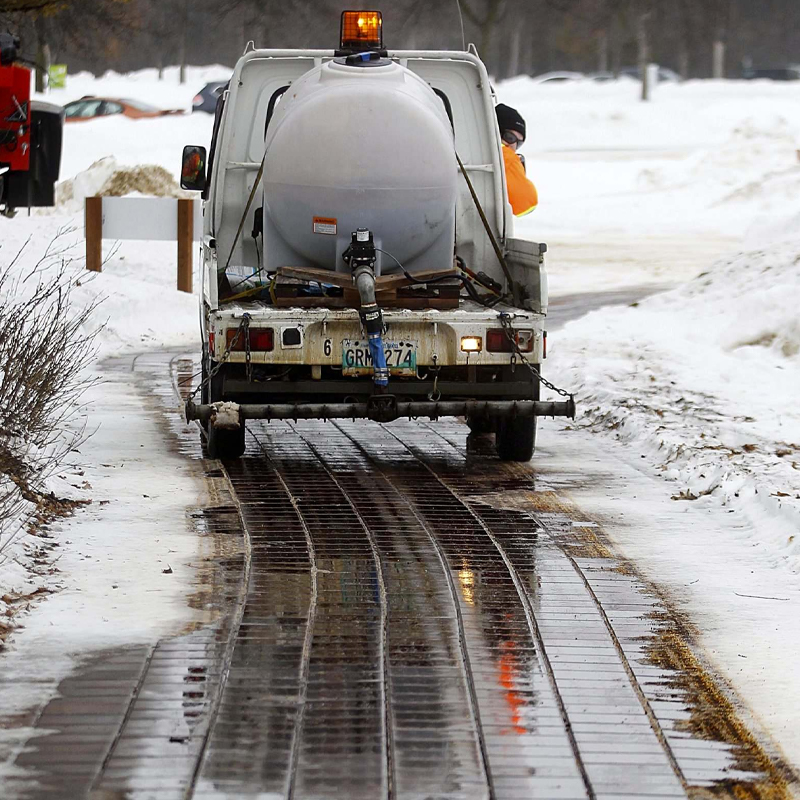
10. Chemical de-icers.
Lately, the big addition to chemical de-icing is beets. Sugar beet molasses is a by-product of processing beets. Adding it to the salt-water solution sprayed on ice lessens the environmental impact by reducing the salt. Sugar has de-icing properties similar to salt. The molasses is also sticky, making the mixture stay where it is put longer. Is it the perfect solution? No. When the sugar seeps into waterways, it feeds bacteria that use up excess amounts of oxygen in the water. Sigh.
~ Shauna Dobbie Copyright©
Pegasus Publications Inc.
Click here to subscribe to the 10 Neat Things e-newsletter so you never miss it when it comes out every week.






